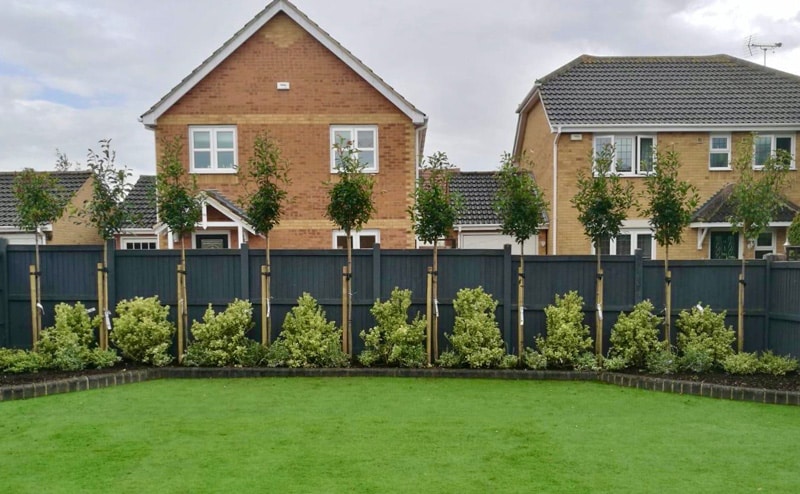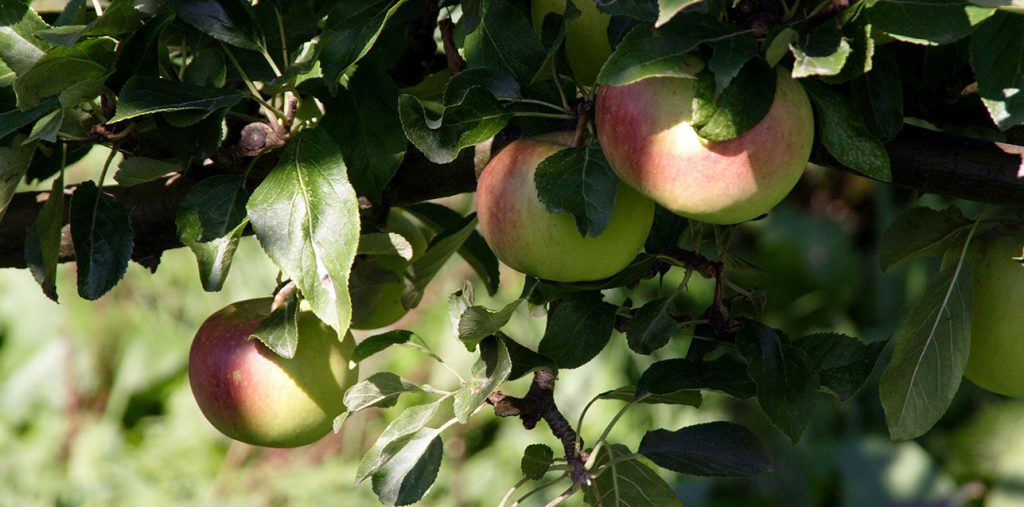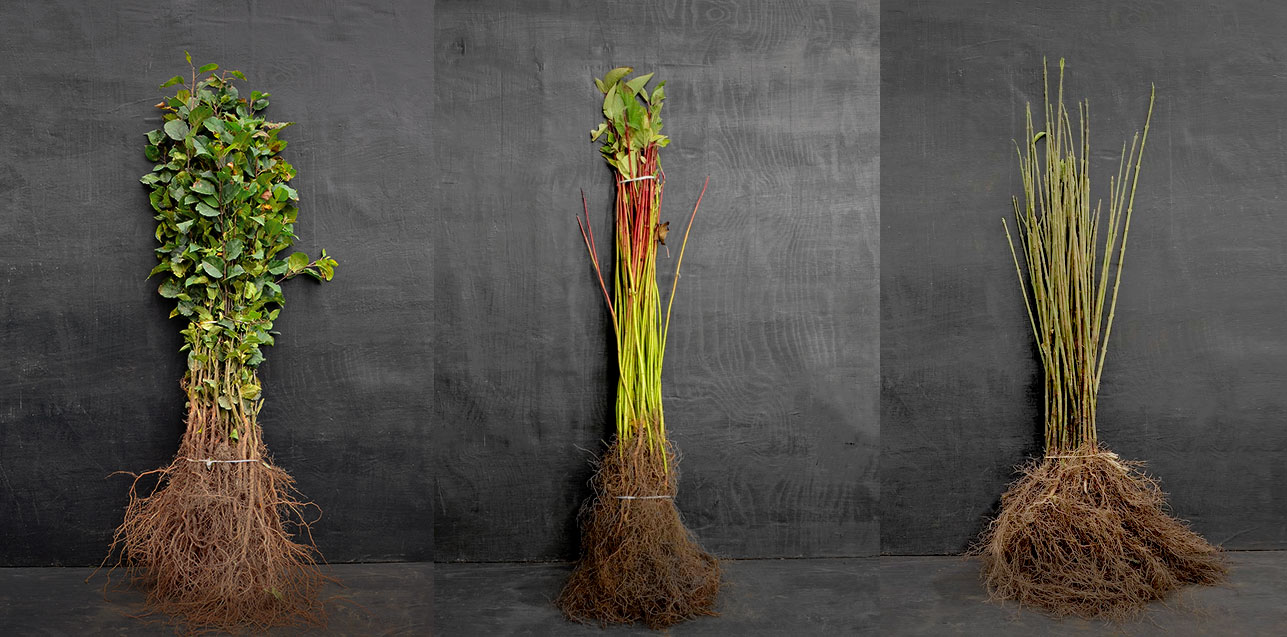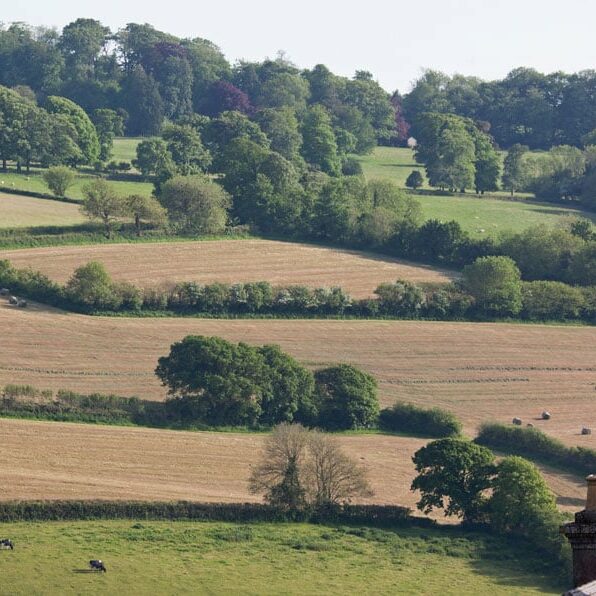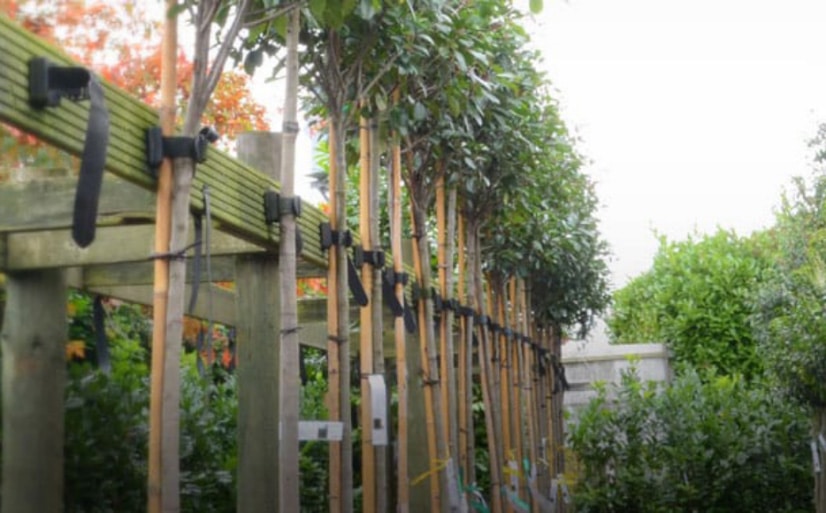The term ‘native hedge’ can sometimes cause confusion. Generally, it refers to a hedge composed of plants that naturally occur within the British Isles.
From a naturalist’s perspective, these native plants are incredibly important as they provide essential habitats for a wide variety of birds and insects, offering them the resources they need to survive. When establishing or enhancing hedgerows, it’s beneficial to include berry-bearing plants and fruit-bearing trees to further support local wildlife!
What plants are included in a Native Hedge?
Hawthorn, sometimes known as Quickthorn, typically forms the main structure of a native hedge, comprising around 70% of the plants. This substantial presence helps establish a stockproof hedge within approximately three years. It is particularly beneficial for farmers and landowners who rely on these hedges as natural boundaries, potentially removing the need for fencing.
The remaining 30% is usually divided among varieties such as Field maple, Hazel, Dogwood and Dog rose. However, a wide array of other native hedge species can be incorporated. These include Guelder rose, Spindleberry and several Buckthorns. Each of these plants offers unique benefits, such as producing berries or nuts, providing essential habitats for insects and birds, or contributing seasonal interest with their vibrant autumn, spring, and winter colours.
Planting Bare Root
When planting smaller bare root plants we recommend that you follow the ‘notch planting’ technique as it is a quick process that avoids digging huge planting pits that require laborious backfilling. When ‘notch planting’ you should…
- Make sure that the roots are moist.
- Open up a slit in the soil, push a spade few inches deep and move back and forward.
- Slide the root of your bareroot plant into the slit, up to the nursery soil mark.
- ‘Heel in’ tight to ensure good soil/root contact, you should have to tug the plant quite hard to remove it.
Don’t remove the hedging plants from the box or bag before you plant. Exposure to sun or drying winds may lead to root desiccation and eventual failure.
Protection & Aftercare
Once you have installed your plants it is important that you fit the protection needed to deter predators. These products range from bio spiral guard protection for rabbits and bamboo canes for added stability. For more information on protection and aftercare check out this article!
Hopefully this helped to clarify the key features of a native hedge. Should you have any further questions or require assistance in selecting the most suitable plants for your specific hedge requirements, our knowledgeable sales team is available to help. They can also offer guidance on plant and protection installation, as well as provide advice on planting schemes!

